Rome wasn’t built in a day – and it’s pretty much impossible to explore it in a day. But if you’re like us, you like to pack in as much as you can to a vacation. You likely have one week off of work, and if you’re traveling all the way to Italy you definitely want to make the most of it. That’s why we think 4 days in Rome is perfect for hitting up the can’t-go-to-Rome-and-not-see-it sights, plus mixing in some foodie adventures that are sure to make your time in La Città Eterna memorable. Follow our 4 day Rome itinerary that includes the best places to visit in Rome, where to eat, where to stay and some of the best Rome tours to help avoid the crowds and get off-the-beaten-path.
Day One: Vatican City and Roman Rooftop Views
There are a few things that every traveler simply must do in Rome. A trip to La Città Eterna truly isn’t complete if you haven’t gazed out over the Colosseum as a Roman spectator would have during gladiator games, tossed a coin in the Trevi Fountain, and craned your neck marveling at Michelangelo’s masterpiece in the Sistine Chapel.
Unfortunately, these places are also the most crowded in all of Rome.
We’ve been to the Colosseum (yes, set foot inside) more than half a dozen times over our decade of traveling to Rome. And we’ve recently visited the Vatican Museums for the fifth time on our Globus Rome and Venice trip. Visiting some of the world’s most famous tourist attractions that many times teaches you a thing or two about the best way to visit them.
Even though we’re not really museum people, the Vatican Museums really are a treasure trove of beautiful artworks, sculptures and collections. Even though the Vatican Museums are a must see in Rome, know your museum tolerance time limit. For us, it’s about two hours. And that tolerance limit is greatly reduced when it’s crowded.
That’s why we recommend visiting the Vatican Museums and St. Peter’s Basilica bright and early on the first day. And take it from us – who have stood in the excruciatingly long line in pouring rain – the exclusive early entry tours are definitely worth it. An early entry Vatican tour gets you in to the Vatican Museums a full hour before it opens to the general public, though understand that even with early entry Vatican tours that there is still a line (albeit a much smaller line) of the groups that have the exclusive privilege of bringing guests in before opening. There’s even a line if you’re going on your own and have pre-purchased a timed entry skip-the-line booking.
Yes, that’s right. There is a line to skip-the-line.
The only way to access the Vatican Museums without any line what-so-ever is on the VIP Early Access with the Keyholder tour. The small group joins the clavigero (keyholder) for exclusive access to the Vatican Museums as each room is unlocked for the day one hour before the early entry Vatican tours. It’s the only time you can truly be almost entirely alone in the Vatican Museums, unless you’re the Pope himself. Let us assure you – this is almost as good as being the Pope and one of the best Rome tours to book in order to beat the crowds and lines.
No matter how you choose to visit the Vatican Museums, there’s no need to make a beeline straight for the Sistine Chapel. It’s basically the last room before you exit the Vatican Museums, and most tour companies offering VIP early entry rush their groups through. Instead, linger at some of our favorite rooms like the Belvedere Courtyard with Apollo Belvedere & Laocoön, the Gallery of Maps and the Raphael Rooms (we love Raphael’s The School of Athens so much, we’ve done a puzzle of it and framed it). You’ll practically have these areas to yourself as most other groups race toward the Sistine Chapel.
There’s no speaking in the Sistine Chapel, and a good guide will tell you about it before you arrive. Pocket guidebooks also give a really good breakdown of exactly what you’re looking at, because it’s definitely overwhelming to just walk in and try to take it all in.
There’s an exclusive skip-the-line entry in to St. Peter’s Basilica, only open to those on a guided tour. This coupled with the early entry to the Vatican Museums themselves are two huge benefits of going on a guided tour.
After touring St. Peter’s Basilica, making the climb up to Michelangelo’s Dome is a must. Not only is the Dome itself spectacular, but you’ll be awarded with the one of the most beautiful views over Rome. There’s an additional cost to visit the Dome: €8 for the elevator, plus a 320-step climb or €6 for climbing all 551 steps. Again, take it from us that the additional €2 is worth the cost.
Climbing up to the Dome can throw even the fearless off balance. The narrow, spiraling staircase is slanted and you quite literally will slant with it as you ascend.
Missed by many since it’s unexpected, there’s a cafe if you walk across the roof. You can have a cappuccino on the roof of St. Peter’s Basilica. It’s indoors, there’s no windows or view and you must stand at the bar to enjoy your Italian coffee, but it’s good and inexpensive – and probably a much needed hit of caffeine after starting the day so early.
While you’re there, make the short 10 minute walk to Castel Sant’Angelo. Also known as the Mausoleum of Hadrian because Roman Emperor Hadrian commissioned the building as a mausoleum for him and his family, the cylindrical building got it’s current name in 590. According a legend, the Archangel Michael appeared on the rooftop with his sword and it signaled the end of the plague.
It’s not a figment of Dan Brown’s imagination that Castle Sant’Angelo is connected by hidden tunnels to the Vatican. The fortification was a place of refuge for Popes in times of danger during the Middle Ages and it was Pope Nicholas III that connected the two structures with the Passetto di Borgo.
Once upon a time when Castel Sant’Angelo was built, it was the tallest building in Rome. It’s not even close to being the tallest building in Rome today, but the panoramic view from Castel Sant’Angelo’s strategic position in papal Rome is one of our favorite viewpoints.
By now, it’s lunchtime and you’re most certainly ready to sit down for a bit. There’s hardly a more beautiful spot to relax for a bit than the rooftop La Terrasse atop the Sofitel Rome Borghese. Splurge on the wine pairing tasting menu – you earned it and burned enough calories to indulge with all the climbing and walking in the morning.
You’ll feast on dishes so good that if it were appropriate, you’d want to lick the plate clean, like taglioni with lobster and saffron. Each course is expertly paired with wines from Italy’s various wine regions.
After lunch, wander around the Villa Borghese Gardens. We think the gardens are the most beautiful green space in Rome and one of the Rome attractions often missed by visitors. There’s a small lake where you can hire row boats. Perhaps your partner will romantically row you around the tree-ringed lake?
The most famous attraction of the Villa Borghese Gardens is the Villa Borghese itself. Pre-book a ski-the-line entry for the afternoon and spend an hour or so in awe at Galleria Borghese’s collection of magnificent Bernini sculptures.
We think the afternoon is the best time to visit because of the way the light streams in. In particular, the way the light illuminates Bernini’s Apollo and Daphne is mesmerizing. It’s impossible not to be impressed by the intricate detail of the leaves sprouting from Daphne’s fingers, the light highlighting just how thin and fragile the marble is.
Dinner is hands-on tonight. You’ll have some of the best Roman pizza you’ll have on your trip to Italy and you’ll make it yourself. You can even take home the recipe and make an authentic Roman pizza to impress friends and family with as you regale them with your tales of your Italian foodie adventure.
inRome Cooking School is located in a stunning palazzo just around the corner from Piazza Navona. The Roman street sounds drift in through the open windows of the cooking school, as everyone in the small group class learns to make pizza dough and sauce from scratch.
There’s camaraderie in making your very own pizza with a small group of strangers, and you find yourself sharing your Italian experiences over Prosecco with new friends. It’s a fun night out as you sit down with your pizzas hot out of the oven and a glass (or two) of wine.
Day Two: Roman Classics
Skip breakfast, because today is starting off with one of the best tours in Rome on a Taste of Testaccio Food Tour.
Testaccio isn’t a neighborhood you’re likely to just stumble in to. It’s a neighborhood mostly void of tourists, aside from the odd food tour wandering through. Born and bred Romans live, work and shop here. And most importantly, Testaccio is where Roman cuisine was born.
Aside from eating your way through Roman classics like cacio e pepe, suppli and artisan gelato, Testaccio does have a few sights to see.
The Pyramid of Cestius is the oldest intact monument in Rome. Yes, even older than the Colosseum. It was built in 12BC (the Colosseum came later in 70AD) and was part of the Rome’s Aurelian Walls. Because of that, it’s the best preserved building in Ancient Rome.
All the food will definitely sustain you for the afternoon ahead. Head to the Roman Forum and Palatine Hill to wonder exactly how the Romans built such massive buildings 2000 years ago.
Once the heart and soul of Ancient Rome, the Foro Romano was a marketplace. Emperors were constantly renovating old buildings and erecting new temples and monuments.
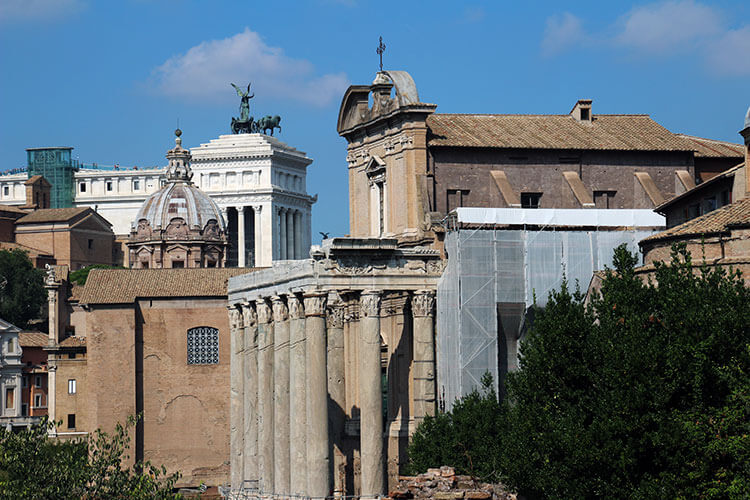
Gouges left from attempts to pull the Temple of Antoninus and Faustina down scar the ancient structure
Our personal favorite of all the temples and monuments is the Temple of Antoninus and Faustina, begun in 141 by the Emperor Antoninus Pius. It was initially dedicated to his deceased wife, Faustina the Elder, who was regarded as a god as a way to honor her. Antoninus Pius was also deified after his death in 161, and the temple was rededicated jointly to the couple by his successor, Marcus Aurelius. The temple’s strong foundation, columns, and lattice ceiling kept it incredibly well preserved. Attempts were made to pull the abandoned temple down, but were always unsuccessful. And so we’re left with the scars of steel cables on the columns from those numerous attempts to this day.
One of the most fully intact buildings is the Curia Julia, or Senate House. The stark brick building was one of the earliest erected in the Forum. It stood the test of time better than any other of the temples and monuments, likely because it was converted to a church in 630.
You can enter and see the relief panels, known as the Plutei of Trajan, inside. They were commissioned either by Trajan or Hadrian to decorate the Rostra.
Heard of the Seven Hills of Rome? Climb up even further to the Palatine Hill, the center most of the Seven Hills. It’s one of the most ancient parts of the city and overlooks the Forum on one side and Circus Maximus on the other.
You might even say Rome was born here on the Palatine Hill. Roman mythology tells us that it was the location of Lupercal, the cave where the infants Romulus and Remus were kept alive by a she-wolf that nursed them.
As the legend goes, the infants were the twins born of the vestal virgin Rhea Silvia and the god, Mars. They were descendants of Greek and Latin nobility and posed a threat to King Amulius, ruler at that time. He ordered the twins killed, and were abandoned on the banks of the Tiber River.
They were found in the cave on the Palatine Hill suckling the she-wolf by Faustulus, a shepherd. He and his wife, Acca Larentia, raised Romulus and Remus as herders. It wasn’t until they were adults that Romulus and Remus learned their true identity, when Remus was taken prisoner by King Amulius. Romulus and Remus’ grandfather killed King Amulius and was restored to the throne as King of Alba.
Free, the twins set out to build a new city on the river. But they couldn’t agree on which hill to build on. Contention grew and eventually a violent argument ended with Romulus killing his twin brother. Romulus went on to build the city on the Palatine Hill and ruled for many years as the first King of Rome.
The Palatine Hill was home to many more emperors and aristocrats. Now mostly ruins, you’ll find the simple house in which Augustus was thought to have lived. There’s also the Domus Flavia and Domus Augustana, ruined parts of a luxurious palace built by Domitian. But when it comes to what to see in Rome, you can’t miss out of the birthplace of an entire ancient empire.
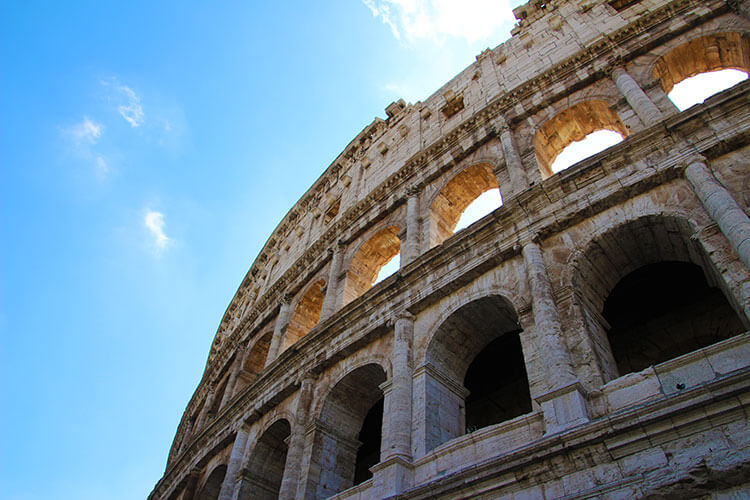
The marble facade and some parts of the Colosseum were used in the construction of St. Peter’s Basilica in Vatican City
Finish up the afternoon with a visit to Rome’s most iconic monument, the Colosseum.
Back in 80AD when the Colosseum was finally finished under Emperor Titus, it didn’t look quite as we see it today. The facade was covered in fine marble, but much of it fell off when the southern side collapsed in the earthquake of 847. Resourceful builders over the centuries also often took the marble to build new churches, particularly during the Renaissance. Even parts of St. Peter’s Basilica were constructed with marble from the Colosseum.
Still, the Colosseum has stood the test of time and we’re left with essentially an incredible skeleton that gives us a look at what attending a gladiator battle might have been like. It’s absolutely worth battling the crowds – and if you think about it, the Colosseum held 50,000 spectators for a battle and on average, today the Colosseum receives about 12,000 visitors per day.
For the general visit, the audio guide gives you plenty of information. But over the years, different areas have opened up to the public for viewing and are only accessible on a guided tour like the underground where the animals and sets were kept. You can join an exclusive club of people to set foot in these special areas on tours like the Walks of Italy ‘VIP Colosseum Underground Tour’.
Good restaurants in Rome are harder to find than you might think. And anywhere a local would go for dinner absolutely requires a reservation, which is why research ahead of any trip to Rome is essential.
Lucky for you, we’ve researched a lot and highly recommend Casa Bleve. It’s just steps away from another of Rome’s most famous monuments, the Pantheon, but not the kind of place you just stumble upon. Tucked away in the courtyard of a restored 16th century palazzo, the restaurant is a family-run establishment.
And it has a wonderful secret.
Rome is like a lasagna. Ancient Rome would have been many levels below where we stand on the streets today; as new structures were built, they were just built on top of what was already there. And you can see some of the oldest layers of Rome in Casa Bleve’s wine cellar, where there are remains of a Roman wall visible dating all the back to the Augustan Age. Just ask nicely, and they’ll likely give you a look.
Casa Bleve is another delicious place to try Roman pastas like cacio e pepe or Amatriciana. We went with the cacio e pepe for our first course. Here it’s made with a thick spaghetti noodle called spaghettoni. It’s a perfect sized portion for a first course, which is actually how pasta is consumed in Italy – not as a heaping main course as we often eat it in the US.
It might look incredibly simple, but the beef cheek braised in Nebbiolo wine and served with mashed potatoes is divine. The beef practically melts in your mouth. This, a dish of such simple ingredients delivering a complex flavor profile, is exactly what Italian cuisine is all about.
Just around the corner from Casa Bleve is one of the best artisan gelato shops in Rome, Punto Gelato. There’s now three locations across Rome, though only this location at Piazza Sant’Eustachio has more than 30 flavors made from all meticulously sourced ingredients.
It’s Rome creamiest gelato, and it’s the only place in Rome where you can also try some flavors made with buffalo milk. If you thought you’d died and gone to heaven from “regular” gelato, just wait until you taste a gelato made from the same buffalo milk used to make Italy’s iconic mozzarella bufala.
Day Three: Underground Rome
Remember that we compared Rome to a lasagna? A trip to the Eternal City isn’t complete without descending beneath modern day Rome to discover some of Ancient Rome’s less obvious sights.
For some, the idea of visiting the catacombs is utterly decrepit. There’s a lot of misconceptions like you’ll see bodies or that it’s claustrophobic. Neither is true and the catacombs even have beautiful monuments that were built within them.
Not only that, underground Rome has much more to it than just the catacombs. That’s why the catacombs top our list of things to see in Rome.
Start today at one of Rome’s more off-the-beaten-path sites, even though it’s located right in the city. The Basilica of San Nicola in Carcere itself has been expanded many times, so parts of it date back to the 6th century. It’s a small, lovely church that you might just peek inside while strolling around Rome.
But without prior knowledge about the fascinating secrets San Nicola in Carcere holds, you’re missing out. You see, unlike many of Rome’s other churches that used marble and columns from monuments of Ancient Rome, the columns in the exterior left hand side of the church were from ancient temples of the Forum Holitorium dating back to 260 BC. When the basilica was started in the 6th century, it was just built right around the columns – and – over the top of the ruined ancient temples of the Roman marketplace once on this site.
The best part lies completely unseen from street level. The church was built on top of three ancient temples: the Temple of Janus (which we see the columns of from the exterior), the Temple of Spes and the Temple of Juno Sospita. There was a fourth temple once located here as well, but it was moved by Julius Caesar to build the nearby Theater of Marcellus.
At the time these temples were built from 260 BC – 197 BC, they were for a farmer’s market. Ancient Romans came here to buy herbs, vegetables and oils. Centuries later, perhaps during the Middle Ages when layers had already been built on top of Ancient Rome, the remains of these temples were used a prison – or carcere in Italian.
There isn’t much to see but the ancient ruins and a bit of the ancient marble from monuments far older than the Colosseum or even the Pyramid of Cestius, but it’s well worth the 30-minute or so guided tour and small entry fee.
Though you can’t visit the inside like you can tour the Colosseum, the Theater of Marcellus is just a short walk away from the Basilica of San Nicola in Carcere. Truly among some of the most ancient monuments of Ancient Rome, the theater was built in 13 BC.
Look familiar and a bit like the Colosseum? That’s because the Theater of Marcellus, which could hold some 20,000 spectators, served as inspiration for the design of the Colosseum. And like so many of Rome’s buildings and monuments, it served many purposes over the centuries including as a fortress in the Middle Ages and upper levels were added in the 16th century by the noble family Orsini to serve as their residence. Today, the upper levels are very chic apartments.
And next to the Theater of Marcellus is Antico Caffe del Teatro Marcello, a historic cafe. Pop in for a quick pick-me-up and do as the Romans do. Order a coffee and drink it at the bar, which is less expensive than ordering at a table where you’ll pay a service charge.
Stroll toward Tiber Island, the small island in the Tiber River that connects Rome with the Trastevere neighborhood. It’s known as the Island of Healing thanks to a story going back to Ancient Rome when a boat bringing back a sacred snake from Ancient Greece ran aground. As the story goes, the snake was able to survive the boat sinking and make it to the island, where it was found wrapped around a tree branch. That symbol of a snake wrapped around a staff is still used as symbol of medicine today.
The bridges that connect Tiber Island to the right and left banks of the river date back to Ancient Rome, too. The Ponte Fabricio, which replaced a wooden bridge, was built in 62 BC. It’s the oldest bridge in Rome and still in its original state. Even more amazing, it’s still in use today.
After checking out Tiber Island, it’s definitely time for lunch. Just a short walk down the river is family owned gourmet grocery store / unconventional restaurant, Roscioli. Firmly at the top of chefs and foodies-in-the-know list of must-eat places in Rome, there’s a selection of 300 types of cheese, 150 types of charcuterie and cold cuts, a handful of pasta dishes and an impressive offering of 2800 wines and spirits here.
Roscioli is not where you go for the Roman charm of a historic trattoria. Basically a deli with tables, it can be chaotic but equally fabulous…when you stick to what they do best. And at Roscioli that’s their selection of cheeses and cured meats, the caponata, and a few choice pastas like the carbonara or amatriciana. You’re better off to skip the cacio e pepe here.
Try the caprese with buffalo mozzarella, any of the burata dishes, the mortadella and the eggplant caponata is out of this world. Another must is a reservation, regardless of whether you go at lunch or for dinner.
After lunch, it’s time to head back underground to discover some of the most off-the-beaten-path things to see and do in Rome on a Crypts, Bones and Catacombs tour. The tour meets in Piazza Barberini, which is about a 25-minute walk perfect for walking off some of the calories from the cheese and meat fest you just indulged in. On the way, swing by the Trevi Fountain to toss a coin in.
The first stop on the Crypts, Bones and Catacombs tour is just steps away from Piazza Barberini, and you won’t believe what’s underground. Beneath the church of Santa Maria della Concezione dei Cappuccini is both one of the most fascinating, and at the same time, creepiest things we’ve ever seen. Here you’ll find a crypt that has been intricately decorated with human bones. Each room of the crypt is a theme: spring, summer, fall and winter.
No photos are allowed, so you’re just going to have to see it for yourself.
The tour continues with a short ride to the outskirts of Rome to one of the lesser visited catacombs, the Catacombs of Priscilla. It’s also one of the oldest of Rome’s estimated 40 different catacombs and stretches beneath the city for 13 kilometers.
The most typical kind of tomb in the catacombs are the loculi, which were dug in to the soft rock. A handful of loculi were dug one on top of the other, then the bodies of the deceased would simply be wrapped in a cloth and placed inside directly on the dirt. A piece of marble with the name engraved in Latin or Greek closed the tomb.
Two popes and other people of importance were laid to rest in the Catacombs of Priscilla, though their tombs were much different than the loculi. They, of course, received individual tombs that were decorated with paintings, some incredibly well preserved still today.
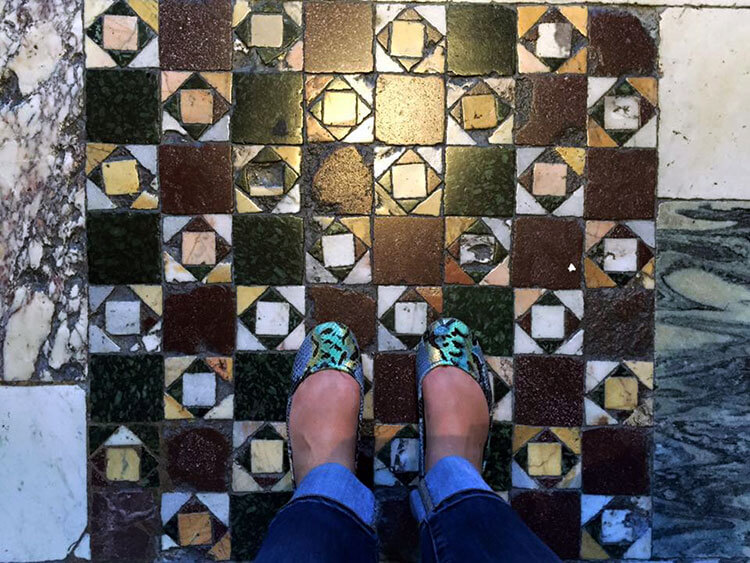
No photos are allowed inside the Basilica di San Clemente al Laterano, but I snuck in one of the beautiful mosaic floor
You’ll finish with a visit to the Basilica di San Clemente al Laterano, which has earned the nickname of the Lasagna Church. It’s actually three different buildings built one on top of the other, much like the other references we’ve made to lasagna.
Though the present basilica, which you enter through, is impressively old by standards of old buildings – it was built in the 11th century – it’s what lies beneath that is jaw-dropping. Beneath the current basilica, which is still a working church where services are held today, is the 4th century church. The 4th century church contains a basement that was constructed in the 2nd century and is thought to have briefly been a Mithraeum temple. And still beneath all of that is the ruins of a home of an Ancient Roman nobleman, which was known to have been mostly destroyed in the Great Fire of Rome in 64 AD.
Do your last night in Rome up in style. Head to Trastevere, Rome’s Jewish ghetto, for dinner cooked by a private chef in a stunning hidden villa. It’s an intimate experience and you’ll, once again, dine on Roman cuisine you’ll be drooling over for years to come. Luckily, the chef also sends you home with the recipe so you can try to recreate it all once you’re back home.
If the weather is warm enough, you might dine in the beautiful garden of the 17th century privately owned villa. Otherwise, dinner is served in a lovely dining room with wine pairings.
After an apertif enjoyed while exploring the villa a bit, expect a Roman pasta like Amatriciana. Named for the town of Amatrice, about an hour away and unfortunately recently mostly destroyed by earthquakes, Amatriciana is made with cured pork cheek and tomatoes. It’s one of the three Roman pastas you simply must try on your Roman holiday.
In Italy, there’s actually no such thing as spaghetti and meatballs. Meatballs are always served as a main dish, and some of the most delicious we’ve ever had followed with creamy mashed potatoes. The chef loves having guests attempt to guess the spices and ingredients he’s used.
There’s actually very few Roman desserts, and unless you’re visiting around Carnevale or the holidays, you won’t find them. But no Italian meal is complete without something sweet like one of Italy’s most popular desserts, such as tiramisu or panna cotta.
Day Four: Roman Pastas
Start this last morning of your four days in Rome off early and beat the hoards of tourists to the Spanish Steps. Though the steps can get incredibly crowded, especially in the afternoon, it’s one of the must-see spots in Rome.
Just don’t try to eat or drink anything on the Spanish Steps. They were recently restored to a pristine condition in a €1.5 million restoration project and Rome’s intent on keeping them gleaming for a long time to come. You’ll immediately be scolded and chased off if your food or drink is spotted by the police.
From the Spanish Steps, make your way to the Pantheon. It’s been nearly 2000 years since its construction and its still one of the best preserved Ancient Roman buildings. It held the title for the largest dome in the world for 1300 years, until Santa Maria del Fiore in Florence was built in 1436.
The main highlight of the Pantheon is the dome, still the largest unsupported dome in the world to this very day. Sun beams in through the oculus, and on rainy day, rain pours in. And if you’re there on April 21, the position of the sun in the sky at midday creates a unique lighting effect.
Since the Renaissance, the Pantheon has been used as a tomb. The painter Raphael is buried there, as well as two of Italy’s kings and Queen Margherita.
After the visit to the Pantheon, head toward Piazza Navona for your final Roman experience: learning to make Roman pastas in a private class.
Trust us, learning to make fresh pasta from scratch and the three Roman sauces you’ve probably fallen in love with by now is the best souvenir you can take home with you. And it’s much easier than you might think.
Fresh pasta is just a few ingredients and you can have noodles in just 20 minutes time. The longest part of cooking fresh pasta and homemade sauce is actually waiting for the pot of water to boil.
You’ll learn to make three Roman sauces: cacio e pepe, amatriciana and carbonara. After hands-on cooking each sauce with the chef, the best part comes with enjoying the fruits of your labor. It’s the perfect end to this 4-day Rome itinerary for the food lover.
Shop This Post
Know Before You Go
For an upscale boutique hotel, we love the Navona Theatre Hotel located just steps away from Piazza Navona.
This trip is a project managed by iambassador in partnership with Monograms Travel and other sponsors. However, Luxe Adventure Traveler maintains full editorial control of the content published on this site. As always, all thoughts, opinions, and enthusiasm for travel are entirely our own. This article contains affiliate links. When you book on Walks of Italy, Eating Italy, Booking.com or Viator or shop on Amazon
through our affiliate sites, we earn a small commission at no additional cost to you.
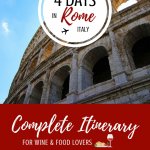
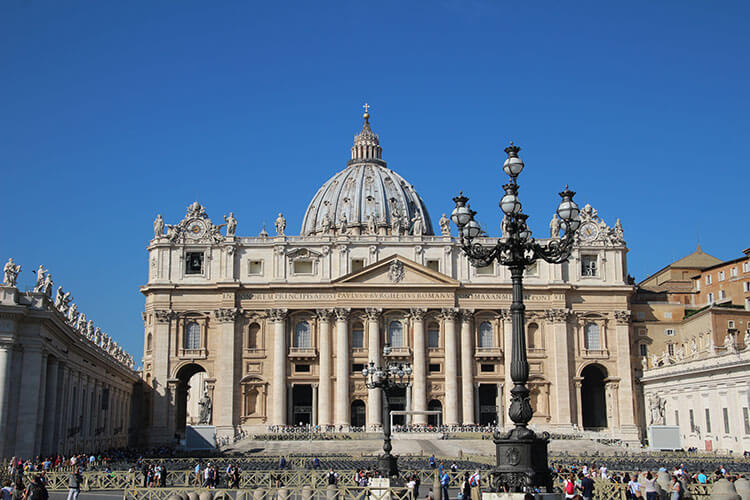
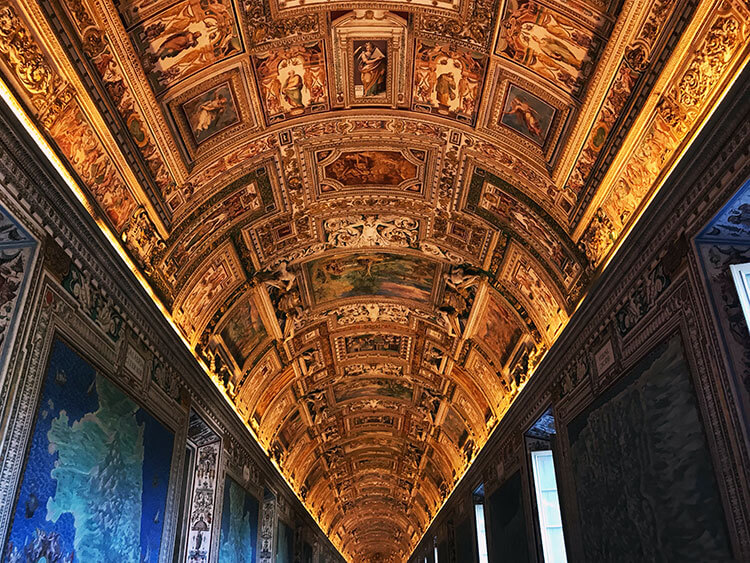
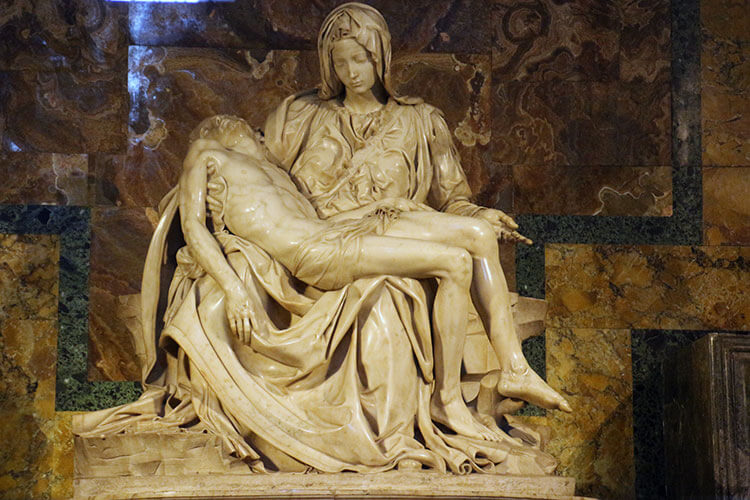
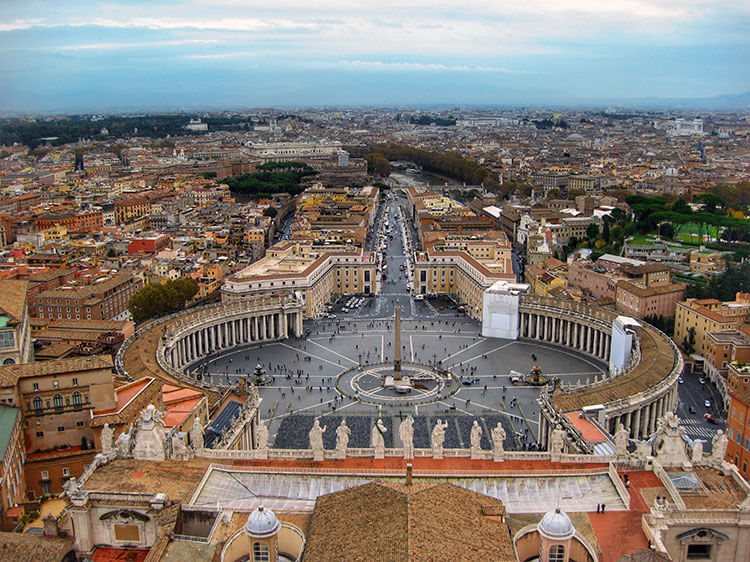
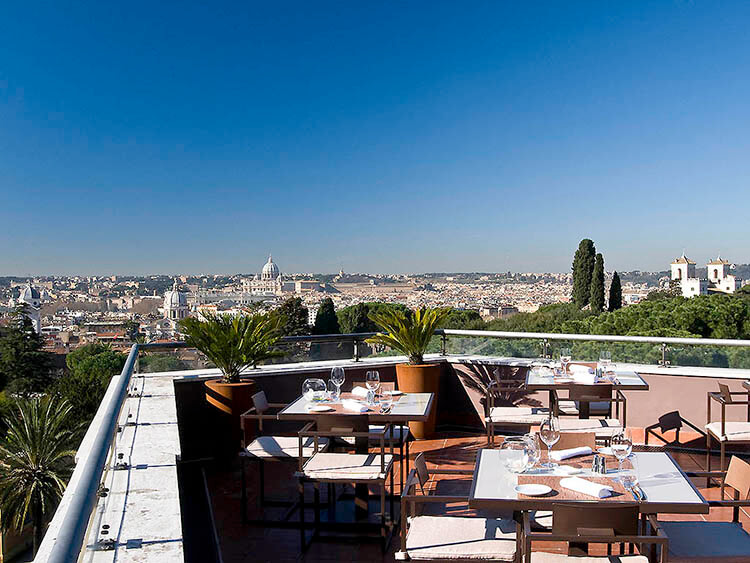
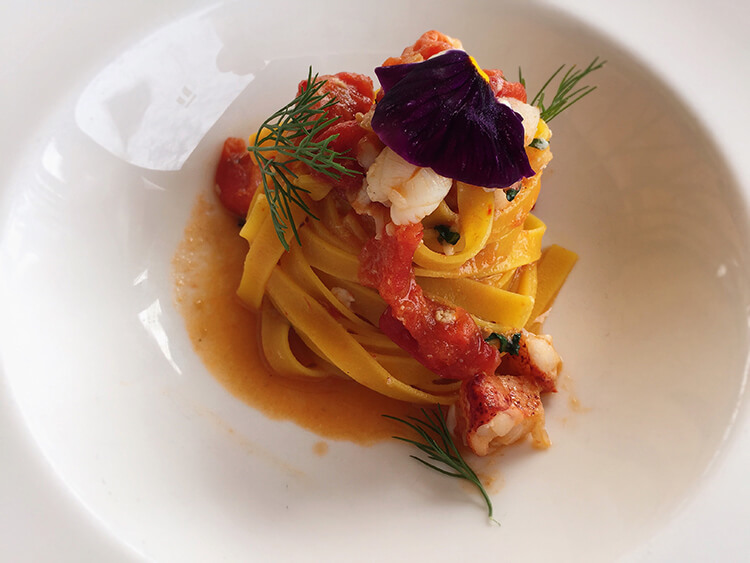
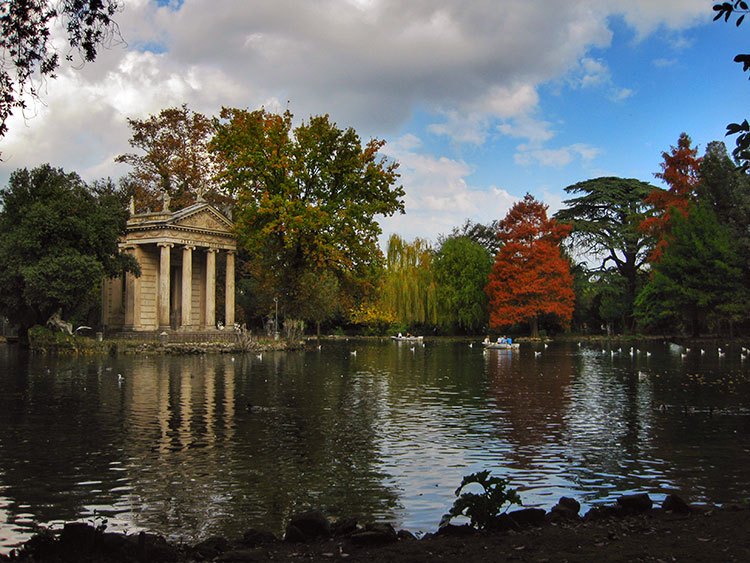
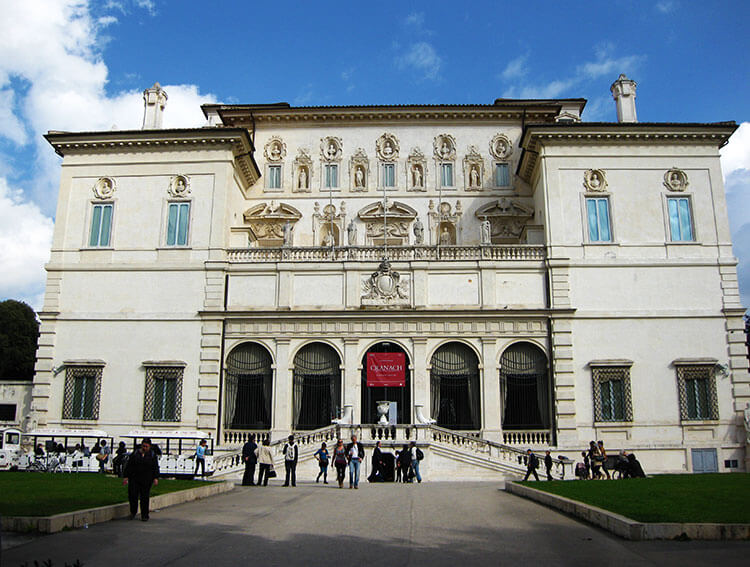

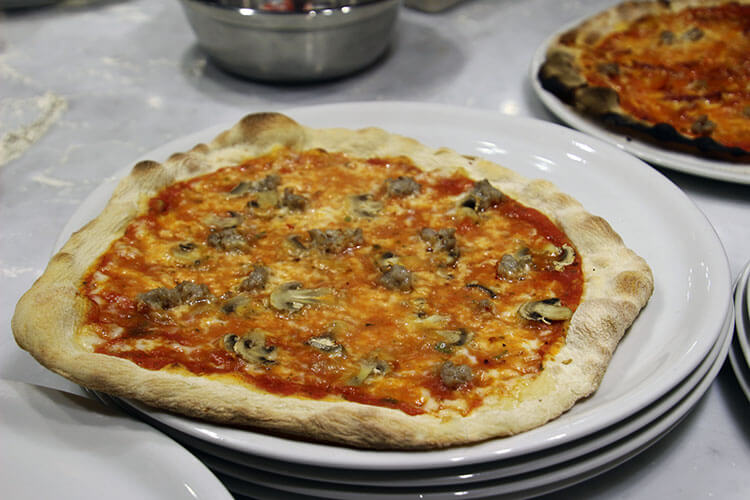
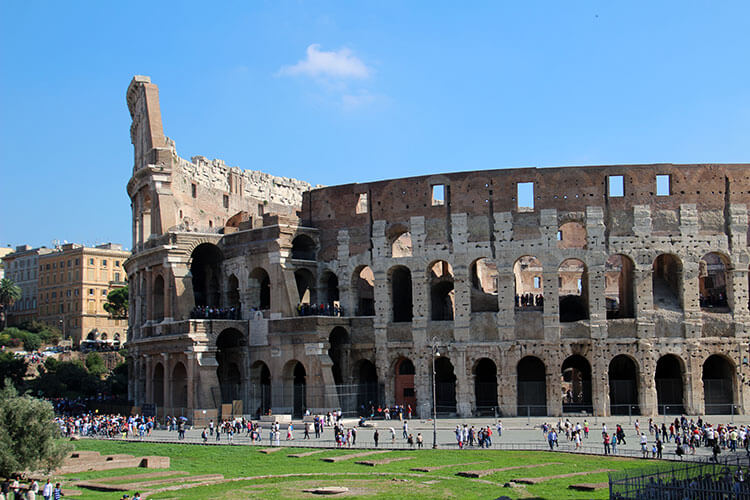

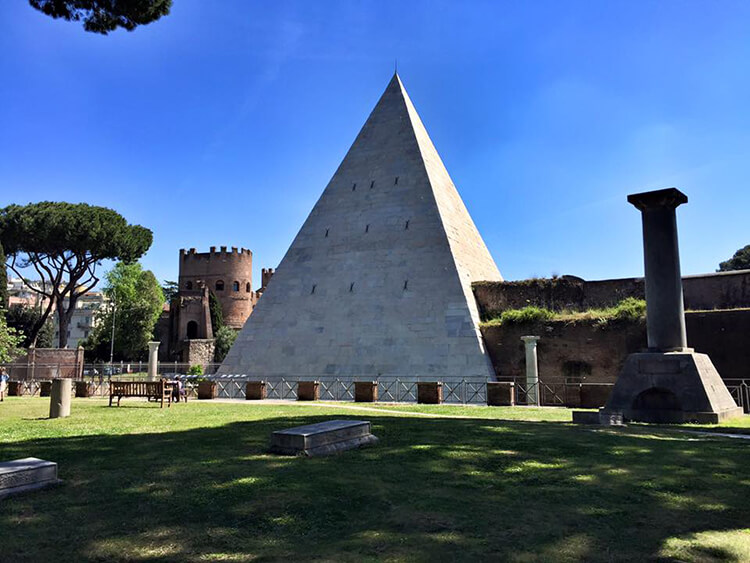


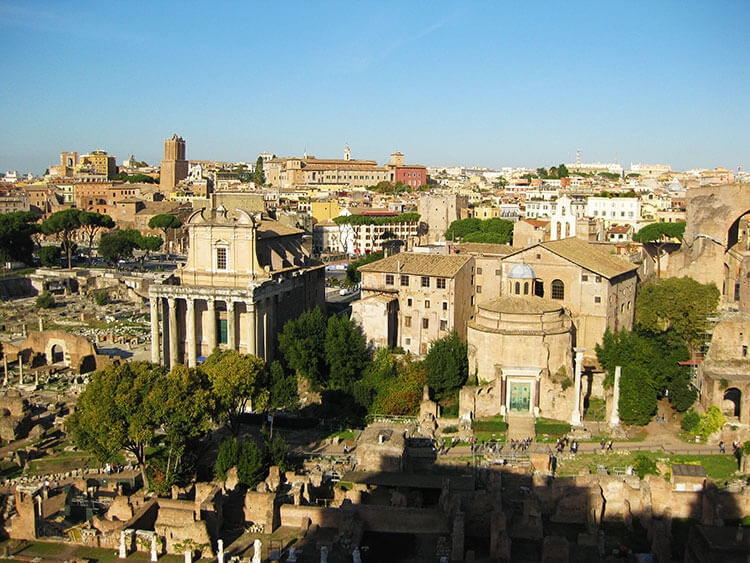
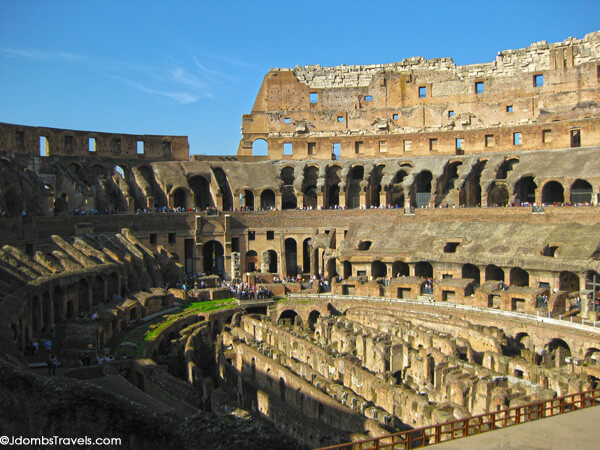
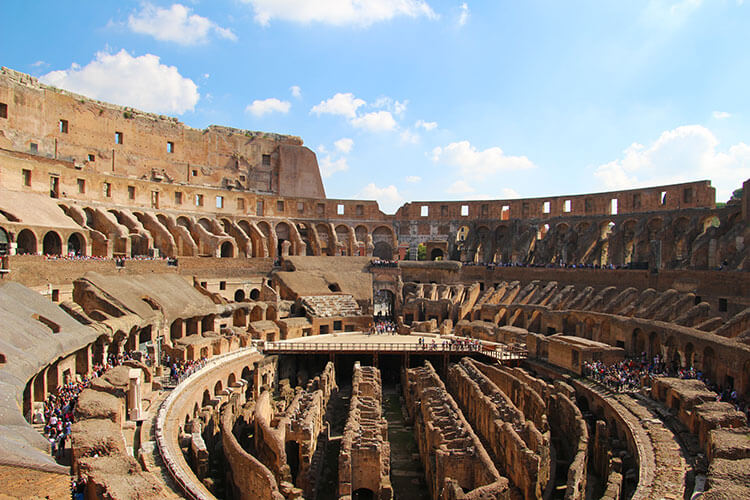

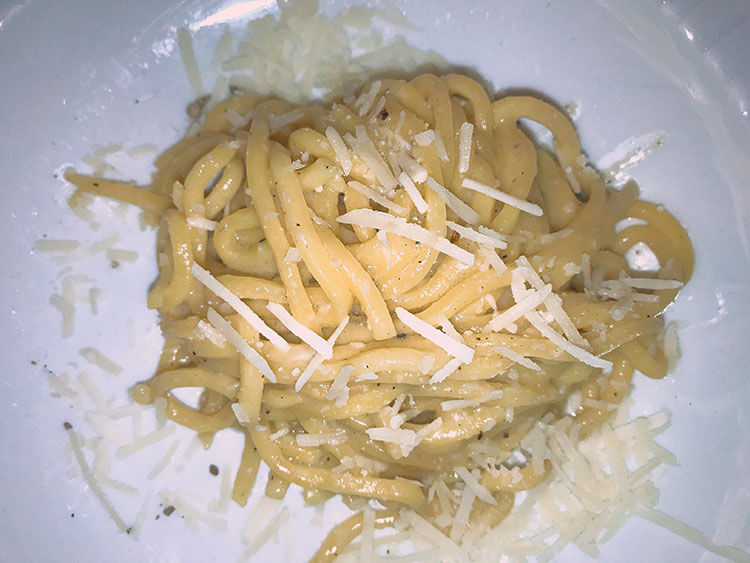


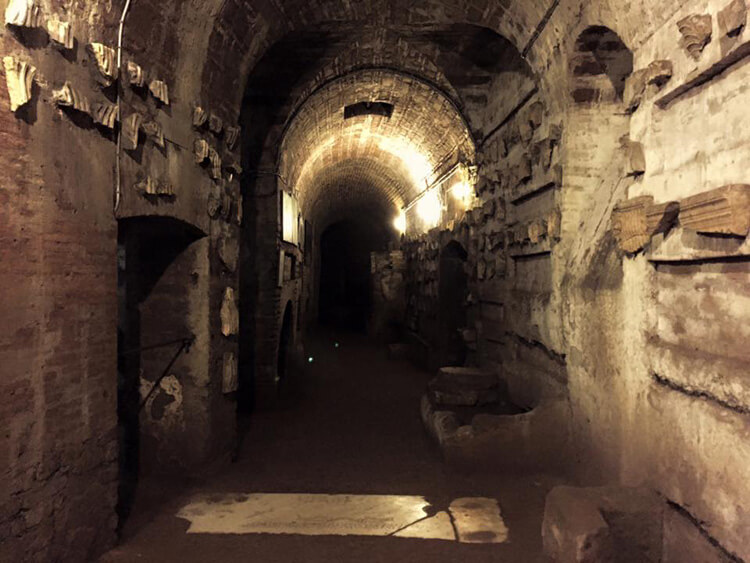
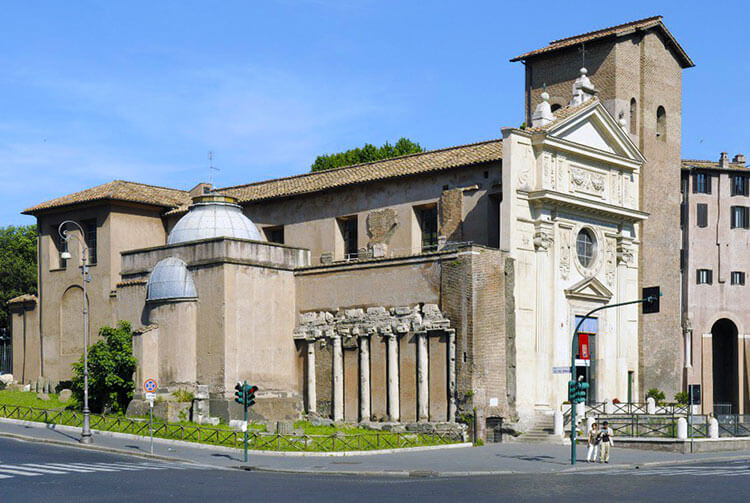
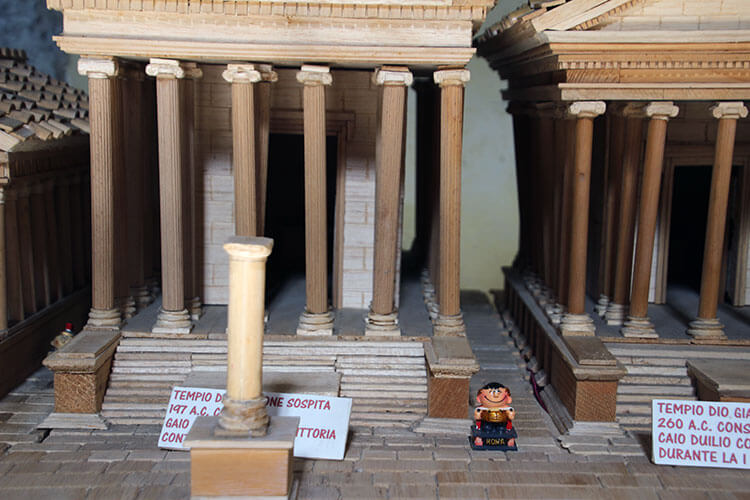
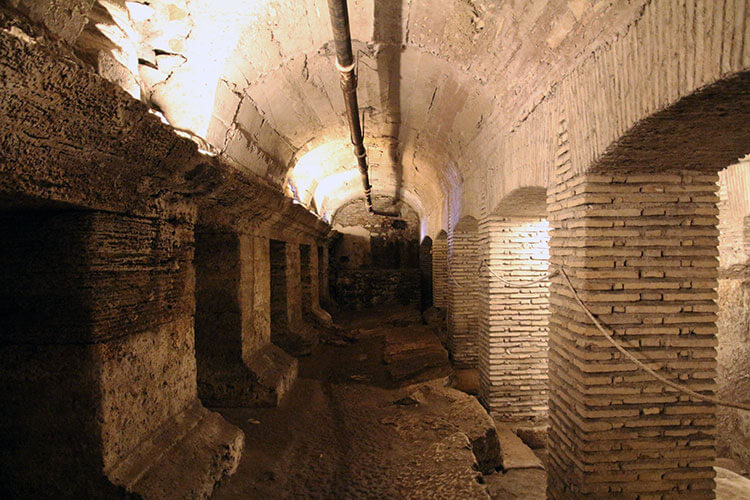
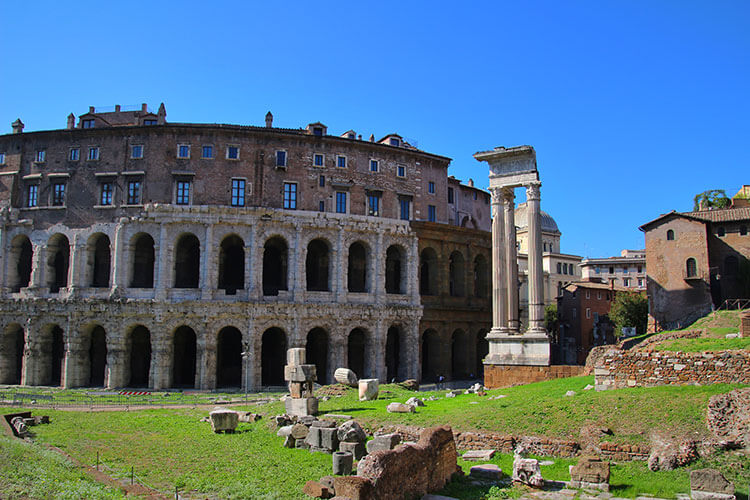
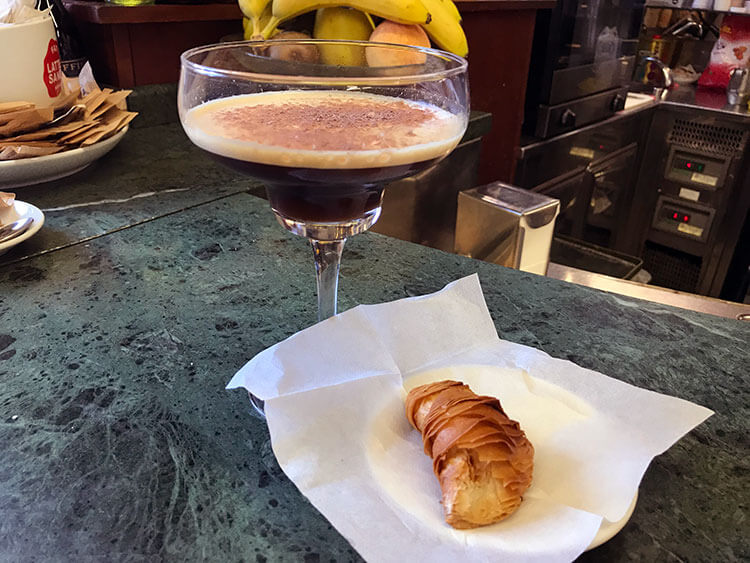
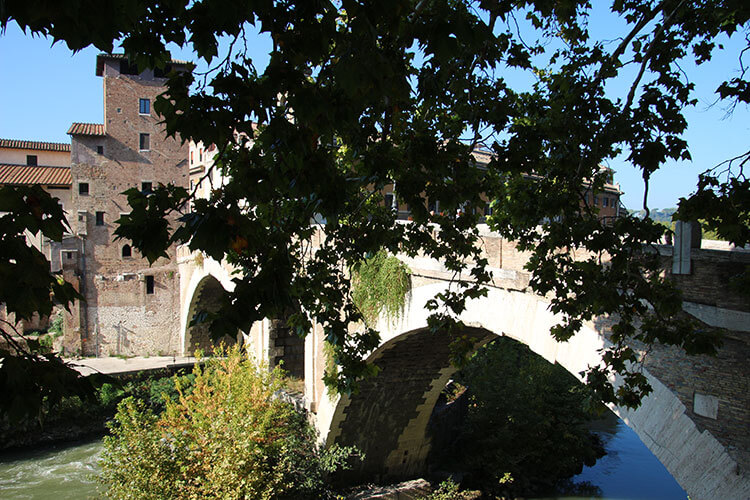
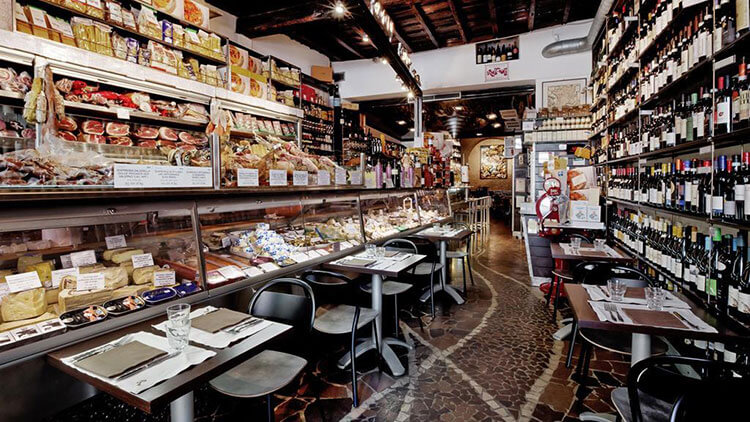
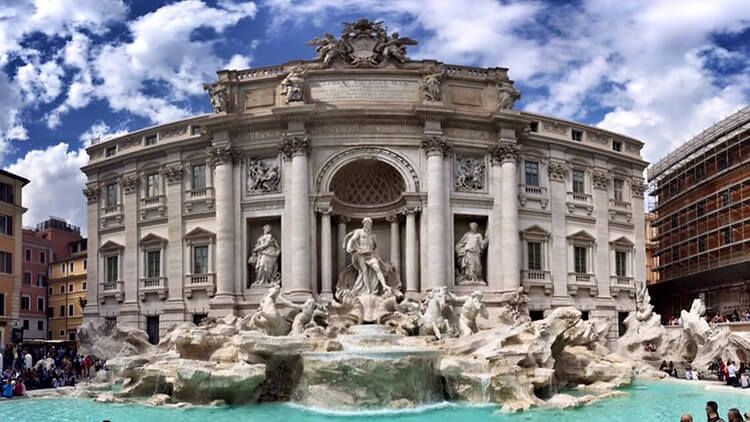

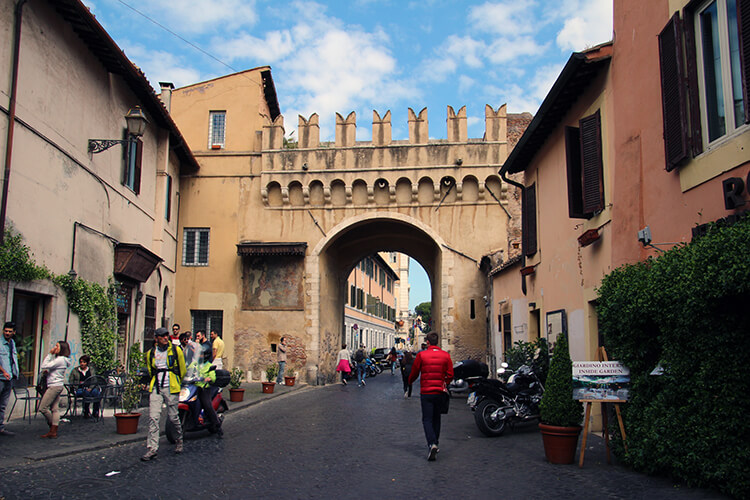
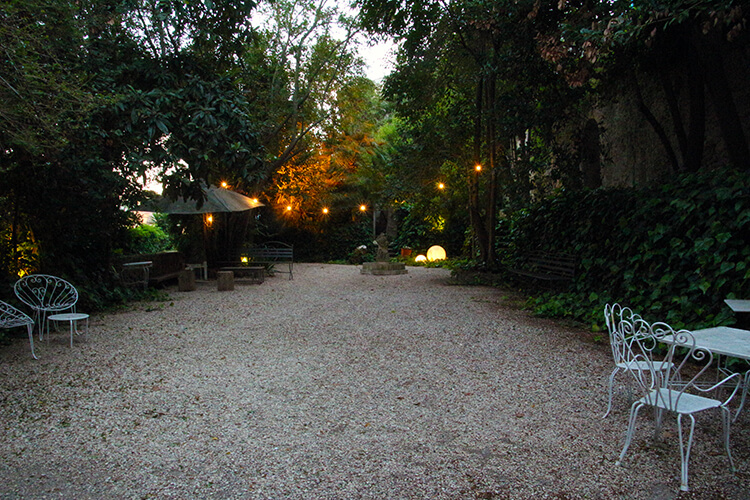
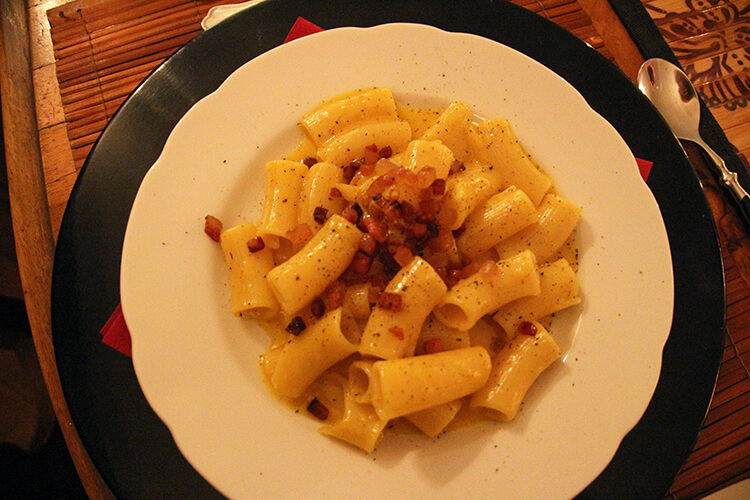
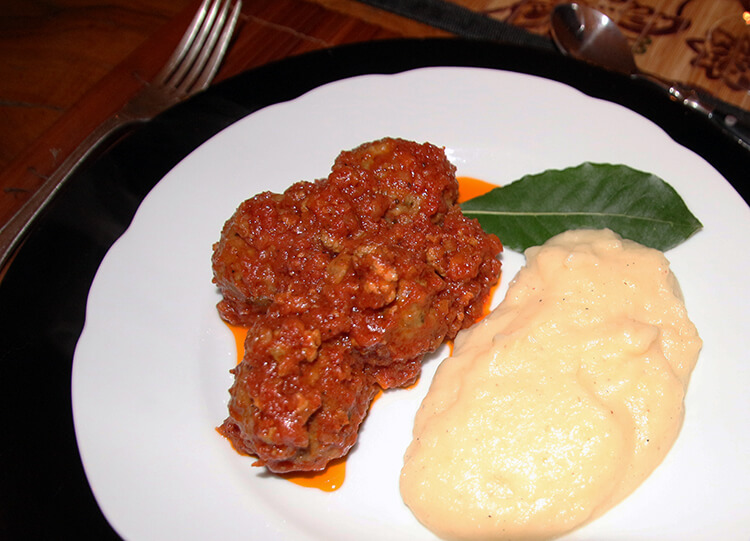
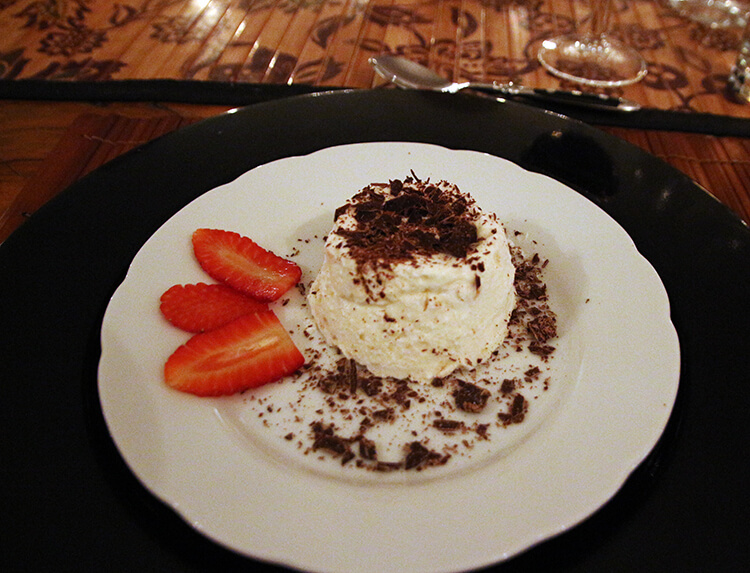
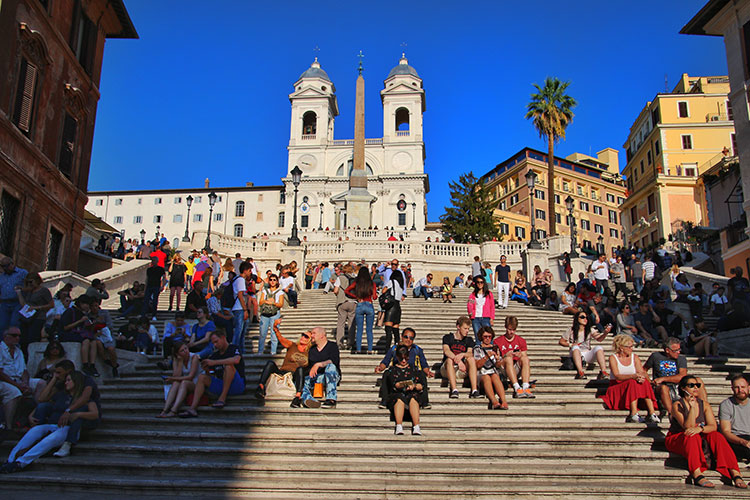
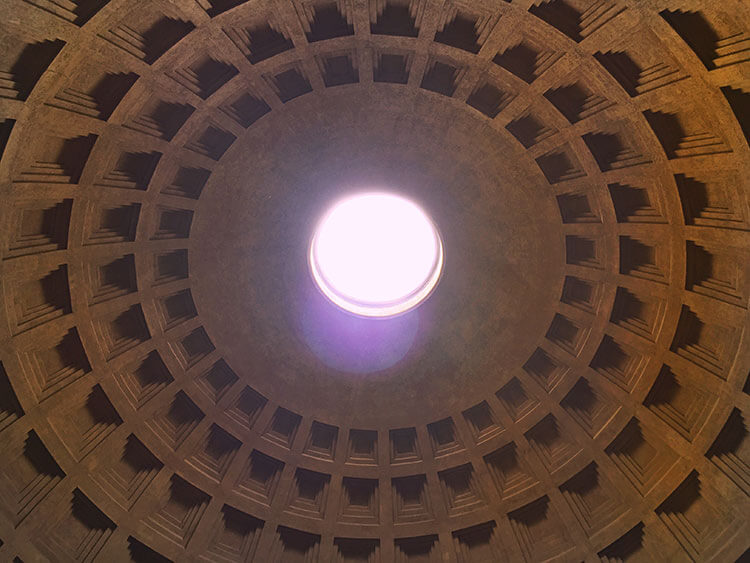
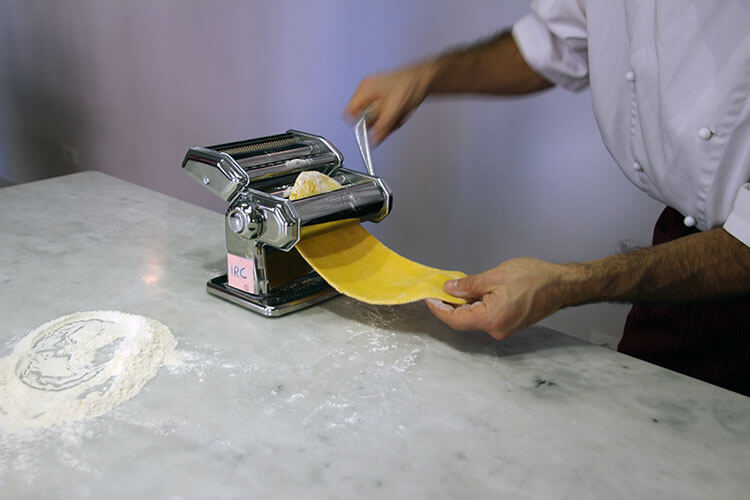
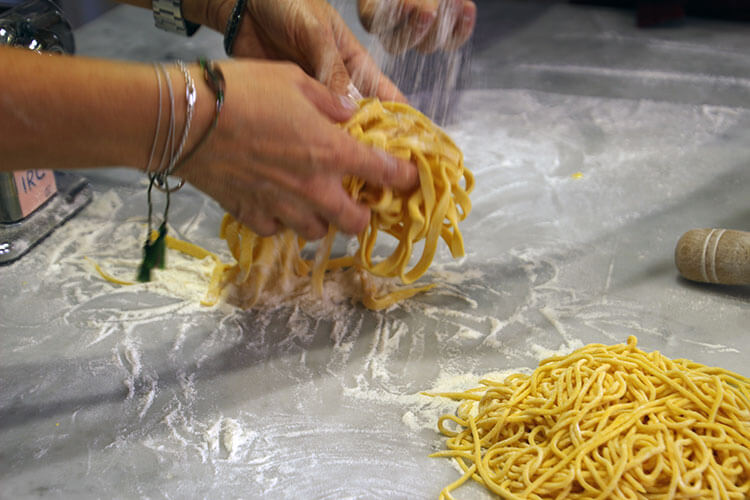
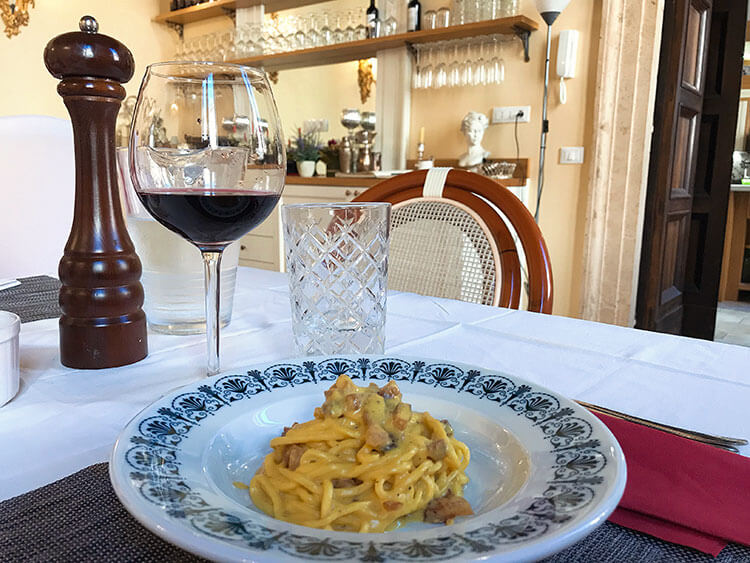
Anne says
Wow this is a very comprehensive itinerary. Thanks for sharing. I absolutely love Rome, it seems every corner you turn around, there is yet another ruin. It is like living history
Jennifer Dombrowski says
Very true, and even more ruins underground since Ancient Rome was built many levels below what we see today.
Solmaz says
This is SUCH a great Rome guide. I’ve been about 5 times and you’ve captured many of my fave highlights. The Walks of Italy tour of the Vatican is amaze without people around to block the views. And the rooftop at Sofitel— I stayed there last time and just couldn’t get enough. You have me wanting to revisit!!
Jennifer Dombrowski says
Glad to hear you enjoyed the Walks of Italy Vatican tour and Sofitel Rome Borghese as much as we did!
Bella says
Surprisingly or not, I’ve never been to Room before. What am I waiting for? However, I do feel I visited already through your beautiful, long and detailed article. You have offered some great advice and, besides the obvious very touristy attractions, I would love to explore Borhese Garden I didn’t even know about.
Jennifer Dombrowski says
Hope you make it to Rome soon, Bella! It’s just one of those European cities you simply must see. And we definitely think the Borghese Gardens are a must see.
Anu says
I always thoughts Rome would take forever to explore. There are so many things in this ancient city. However, your post gives me assurance that even if you have limited time there, you can see a lot of it. I am a museums person, I can spend hours in museums looking at artifacts, reading their stories and connecting the dots.
Jennifer Dombrowski says
Rome has plenty of museums, so I’m sure you could spend a week alone combing over all the artifacts!
Ami says
That view from the roof of the Vatican is lovely. Something that I definitely missed the last time. I could not get enough of the Vatican despite no crowd and I would love to do it again. Roman forum definitely is on the cards and now a little secret of that wine cellar. Definitely on! And the catacombs. You just gave me a ready itinerary to convince my hubby for a repeat visit to Rome.
Jennifer Dombrowski says
That’s the great thing about Rome. There’s so much to see and do that you can visit many times and still discover new places there. Hope you make it back to Rome soon!
Indrani says
I missed climb up to Michelangelo’s Dome 🙁 we were short of time then.
The food tour is absolutely amazing, You have done a detailed tour. I wish I had some more days to experience the pasta making process. Lots to see actually inspite of all planning one still misses something or the other.
Nisha says
Rome is so big that I always thought minimum a week is required to explore it. When we visited it, we had just 3 days to ourselves. Your comprehensive itinerary shows that a lot can be done in 4 days too, if you are a bit organized. At every corner, there’s history.
You have nicely woven the places with food pictures and it gives a nice touch to the post. The detailed food tour is amazing, Next time when I head there, I wish to experience the pasta making process.
We also have a similar photo from the roof of the Vatican. 🙂
Christopher says
Great itinerary. I included some of these sites in my What 2 Do In Rome in 2 Days Itinerary but the one thing I’m missing that yours has is more food. I’ve included food but some of the restaurants and the pictures you included are simply delicious. Oh and the Borghese Gardens look beautiful.
Megan Jerrard says
A fabulous itinerary – we had 4 days in Rome, though spent a lot of time wandering aimlessly, which don’t get me wrong, I really loved, because it meant we stumbled across some really cool hidden gems, but it definitely made it more difficult to get all the must visit sites in. Totally behind your recommendation to go for an early entry tours to the Vatican – I couldn’t believe how long I lined up!
The rooftop of the Sofitel Rome Villa Borghese looks like an amazing place for lunch – can’t beat those views! And then I love the idea of dinner being hands on. You achieved an awesome combination of Rome / food – really loved the analogy of Rome being like lasagna! An underground tour was something we missed o our first trip, so I would love to get back at some stage to do this. It sounds like you miss a lot by only taking in Rome from the street view!
Medha says
A very packed itinerary but it covers everything there is to see, from my experience. We had exactly 4 days in Rome as well and did most of the things you’ve mentioned here expect Borghese Gardens. Don’t think I’ve heard about them and that’s a pity because they look beautiful ! I absolutely loved the Vatican City !